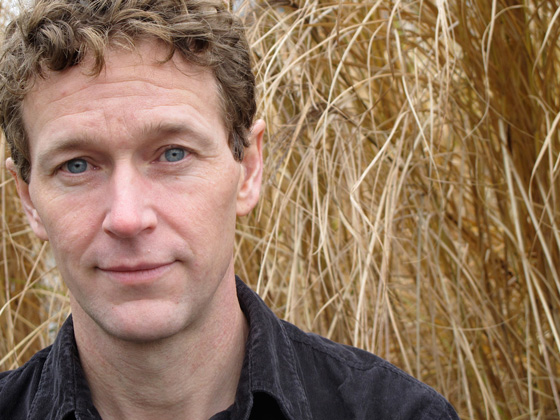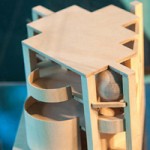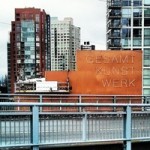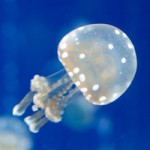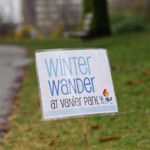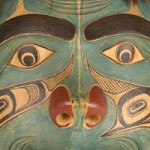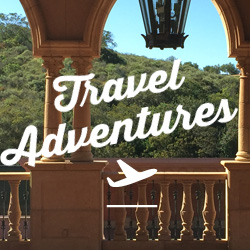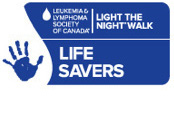How long does a species have to be here before we say it ‘belongs’?
Newly-opened Museum of Vancouver exhibit Rewilding Vancouver focuses on our relationship with animals both part of our current landscape as well as those now extinct.
Through 12 tableaus, stories are told from animal rather than human perspective.
Taxidermy is presented with a fun twist: imagine a coyote hanging out in your colourful blue bunk bed, just waiting for you to return home.
Modern Vancouver is a ‘novel ecosystem’, comprised of both plant and animal life that never existed before, many of these species very adaptable to our environment.
Our local fishing industry is also examined, highlighting the huge decrease in BC salmon populations since the early 1990’s.
The entire exhibit was inspired by Vancouver author J.B. MacKinnon’s book, The Once and Future World: Nature As It Was, As It Is, As It Could Be.
True to the Canadian experience, a beaver holds court in the first of two exhibit rooms. Along with a First Nations population of between 3,000 and 5,000 came tall trees in the forests. In 1881, a tree was felled in Surrey – a record 109 meters (358 feet) tall, and 1,100 years old.
Due to the rich tree population, beavers helped to shape our landscape, creating dams to form wetlands, slowing the water’s rush to the sea. Loggers cleared the forests, fur traders wiped out the beavers, and flooding ensued. Still, beavers continue to be a vital part of our region, with five in Stanley Park. This is but one example of how animal populations are either wiped out, or are forced to adapt to our modern ways.
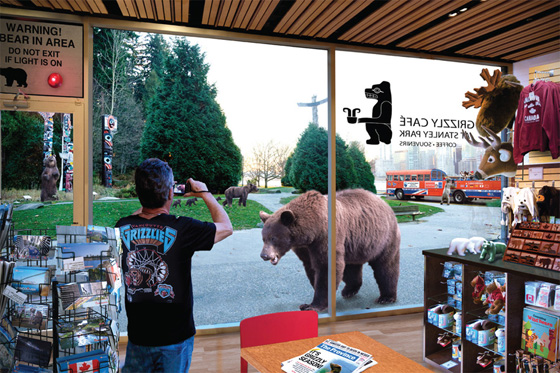
[Photomontage by Daniel Irvine and Matthew Beall]
My favourite part of the exhibit is the second room, Three Provocations. Here’s where clever concepts and research have come together to propose three very thoughtful scenarios for living amongst nature in an urban landscape. The textural music soundscape was created by Vancouver-based freelance writer and radio producer Teresa Goff.
Can you imagine a city where grizzlies are within arm’s reach? It happens all the time in Banff National Park, where trails can be closed at a moment’s notice once a bear’s been sighted, or a residential area put on alert.
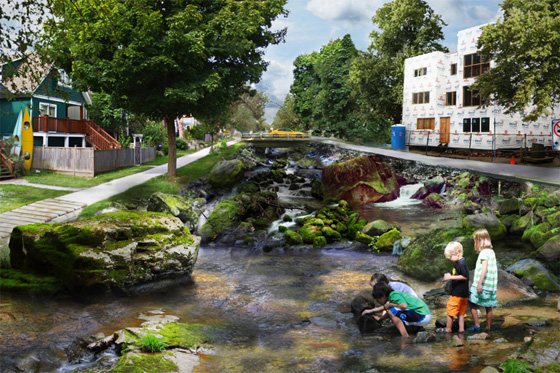
[Photomontage by Daniel Irvine and Matthew Beall]
How about a creek full of fish running down the middle of a city street? Former China Creek was the largest stream in Vancouver, running from Trout Lake to False Creek. With an abundant salmon population, people could simply catch them with a pitch fork. Today’s scenario? The creek flows through pipes underground, its once-pristine waters mixed with our sewer system.
A challenging task at hand would be to daylight the creek back to the open air, a concept in discussion for nearly two decades.
Much food for thought at this Museum of Vancouver exhibit, running through September 1, 2014. Visit MOV’s website for hours, admission prices, and special events during the exhibit.








